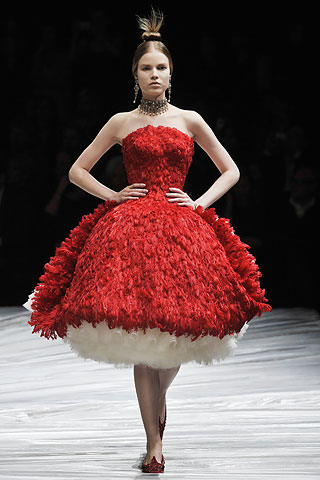Chartogne-Taillet grows older vines. It is a house that keeps the grapes to produce their own champagne in small quantity. The processes of Chartogne-Taillet are largely biodynamic. Though the grower-vintner has not entirely converted his grounds. The family has been located on their grounds since the early 1600's.
When the grower is interviewed, he describes his vines as living in two different environments. His family, the Chartognes, have succeeded in growing their vine roots down to 20 meters and more. His vines, then, grow in the soft topsoil, as well as the dense chalk underground. He says the combination of depths bring a rich fullness in the grape, combined with a true minerality of flavors. In this way, his wines are known to go with most meals.
When the grower is interviewed, he describes his vines as living in two different environments. His family, the Chartognes, have succeeded in growing their vine roots down to 20 meters and more. His vines, then, grow in the soft topsoil, as well as the dense chalk underground. He says the combination of depths bring a rich fullness in the grape, combined with a true minerality of flavors. In this way, his wines are known to go with most meals.
 1. Chartogne-Taillet Brut Cuvee Ste Anne
1. Chartogne-Taillet Brut Cuvee Ste Annefull in the mouth. very subtle apple fruit taste. light acidity. very subtle up front flavor. quickly moves to strong ginger taste. ginger after bite. slight lemon mineral taste. very subtle nutty flavor.
light effervescent nose. luscious golden honey color. strong but effervescent bubbles. creamy in the mouth.
incredible champagne. would drink and enjoy again. would stand up well to chicken. or vegetable dinner with butter notes. not inexpensive, but good quality for its price.
I've been watching the recent fashion shows, though I haven't admitted it here till now. There is a strong parallel between how we might describe champagne, and how we might distinguish between different levels of quality in fashion. It strikes me one would want a good strong, slightly sharp champagne to pair with any collection. A voice in the wine strong enough to hold up to any designers' aesthetic.
But, thinking of what the wine deserves, a champagne like Chartogne would carry a longer standing house with sophisticated aesthetics. We have not yet this season seen the shows of Paris. The most deserving lines of this description--long standing and sophisticated both--arise from there. In Paris, the fashion houses have roots with depths at two environments--long standing couture developed now by contemporary, forward thinking designers.
But, thinking of what the wine deserves, a champagne like Chartogne would carry a longer standing house with sophisticated aesthetics. We have not yet this season seen the shows of Paris. The most deserving lines of this description--long standing and sophisticated both--arise from there. In Paris, the fashion houses have roots with depths at two environments--long standing couture developed now by contemporary, forward thinking designers.
 2. Gaston Chiquet Tradition Brut
2. Gaston Chiquet Tradition Brutnotes of apple. taste of lemon. very slight touch of ginger. very slight taste of brioche--that slightly buttered bread taste.
medium acidity, slightly drying of the mouth. very slight bitter bite. bright, subtle, slightly floral scent. smooth, disappearing bubbles. very bright, rich caramel golden color.
pleasant, and quite drinkable. would be exquisite with triple cream cheese. of course. could stand up to bolder foods, and fresh sea flavored dishes.
Both of these are champagnes known as grower-producer wines. That is, the grapes are grown to become the champagne we drink, produced under the same name as the growers themselves. They are produced on smaller vineyards for the sake of character, and uniqueness. They are the couture of champagne. Whereas the bigger champagne houses, known quickly by name, are the wines' ready to wear.
Gaston Chiquet has grown on their land since the mid-1700's. Interestingly, the grower-owner did not begin to craft his own wines until the early-mid 1900's. Still, the current generation focuses on balancing tradition with contemporary techniques.
These are not wines of current fashion. These are wines with long standing voice, and unique flavor grown in long standing, well managed ground.
Gaston Chiquet has grown on their land since the mid-1700's. Interestingly, the grower-owner did not begin to craft his own wines until the early-mid 1900's. Still, the current generation focuses on balancing tradition with contemporary techniques.
These are not wines of current fashion. These are wines with long standing voice, and unique flavor grown in long standing, well managed ground.













OK...let's make a deal...
ReplyDeleteGod-willing, I am up there in AK like around reunion time, and God-willing you're up there, or God-willing any time we are up there at the same time, you and I must go out and have champagne, or if God-willing we finally have a house you are coming over and we are doing some wine-paring/tasting champagne sampling occasion, ok?
k!
ReplyDelete